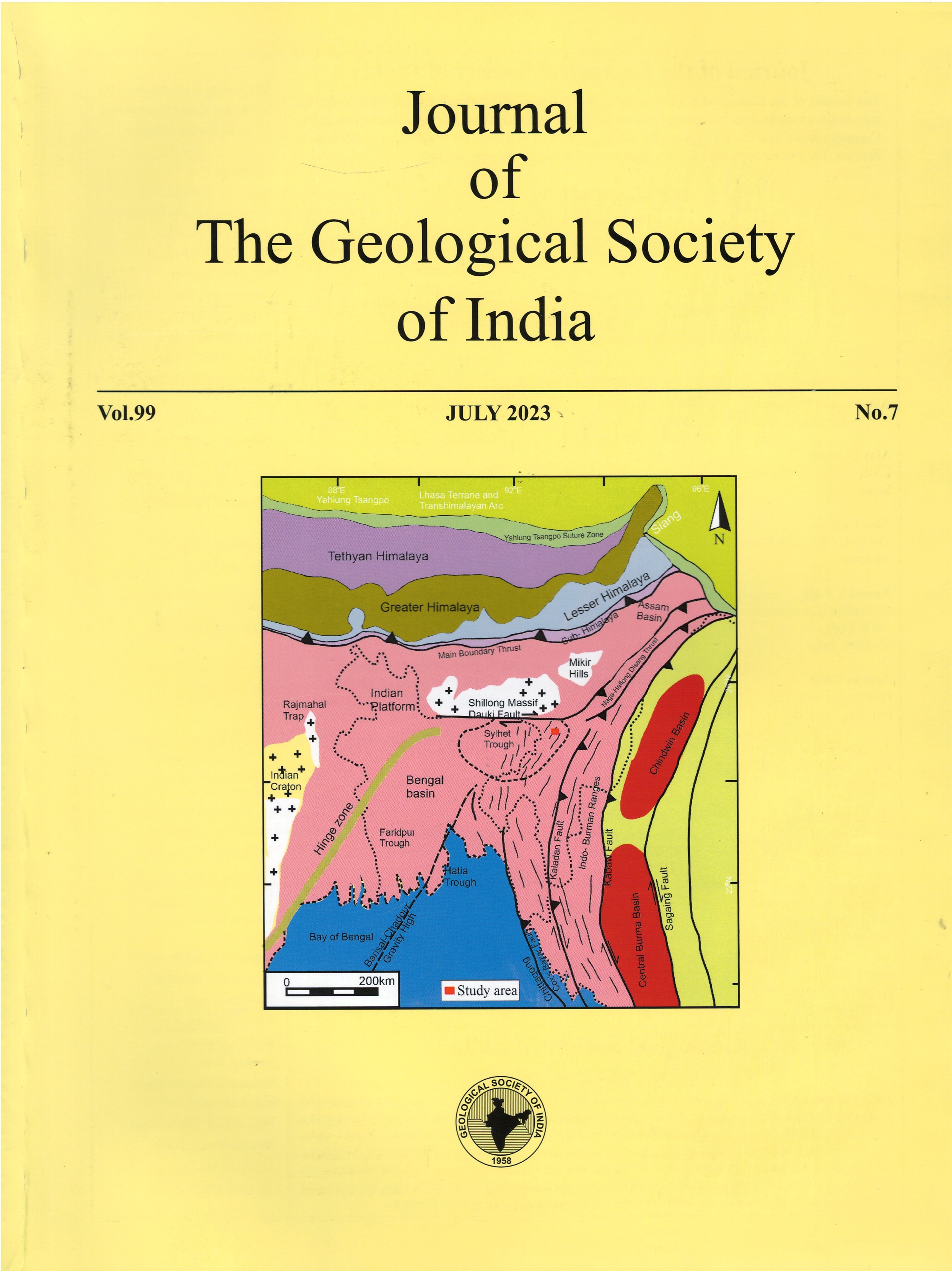Sedimentary Facies and Morpho-dynamics of Sand Spit and Island Inference as Coastal River Process
DOI:
https://doi.org/10.1007/s12594-023-2416-8Keywords:
No keywords.Abstract
This study aimed to characterize the sedimentary facies and understand the morphodynamics of the study area, and their results were correlated with various analytical methods. Different analyses such as depositional environmental, statistical, shoreline change, and grain size illustrated the temporal and spatial distribution of sediments. It has previously been claimed that current research locations are locii to fluvial landforms and are affected by fluvial processes. However, there are currently no rivers in the study region. This study was done to better understand the presence of fluvial landforms and to evaluate the previous findings. The dynamic behavior of the coast was revealed through shoreline analysis, which was done using satellite images from various years. Oceanographic parameters and longshore sediment transport play a vital role in geomorphological changes in coastal zones. According to the grain size analysis results, mean values showed that the deposits predominantlyare medium grained. The outcome discussed the spatiotemporal variations in geomorphology, sedimentation, and the function of coastal and fluvial processes on the beach of an island and a sand spit. Also highlighted was the role that wave action, fluvial currents, and tidal currents had in the long-term evolution of coastal geomorphological features such as spits, beaches, open coasts, and islands. The standard deviation signifies that the sediments are very well sorted to poorly sorted. Skewness ranges from fine skewed to strongly fine skewed and the kurtosis values show that the sediments are predominately very platykurtic which implies a low-energy environment of deposition. Four sedimentary facies (Facies A, B, C, D) have been found and facies A, B, and C may be wave-influenced deposits, but facies D may be formed by fluvial processes and contain medium to sand-sized particles. The direction of the tip area is also pointing to the south and this result concluded that the tip area is continuously growing. Thus, the results of this study revealed that sediment transport and coastal geomorphology evolution may be governed by two main processes such as the present ocean hydrodynamics and paleo fluvial processes of the study regions.

 S. Sathish
S. Sathish






